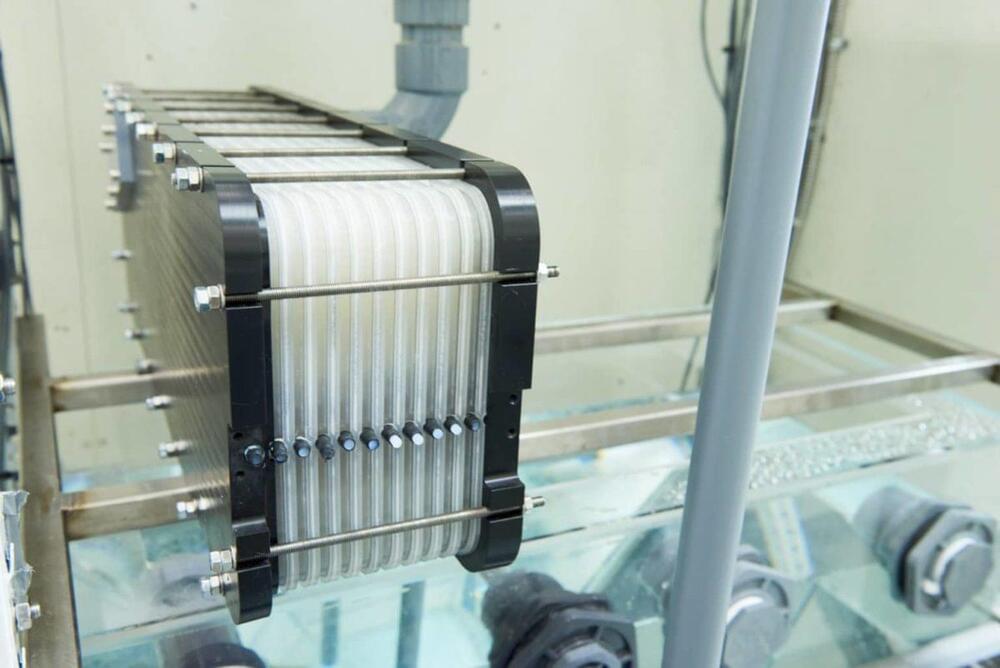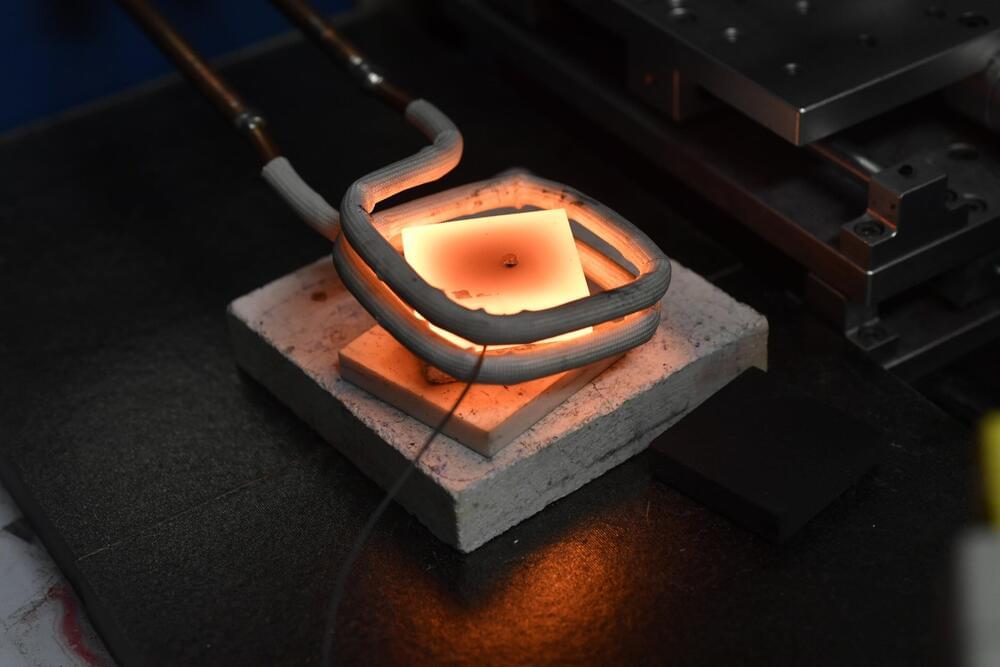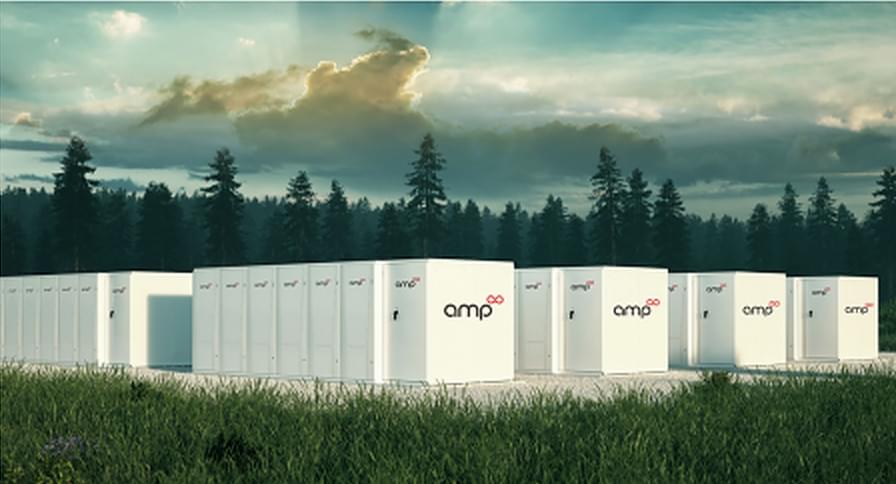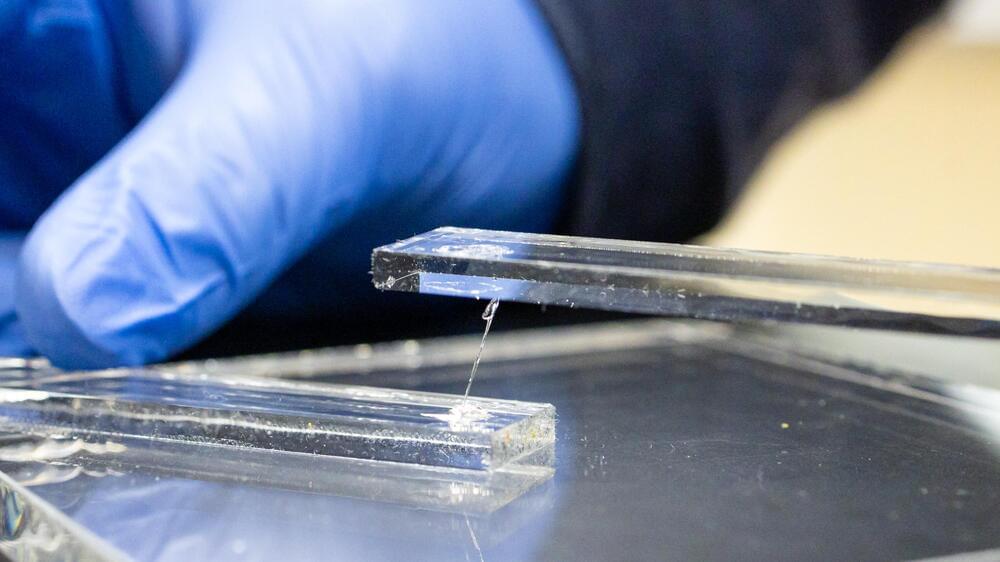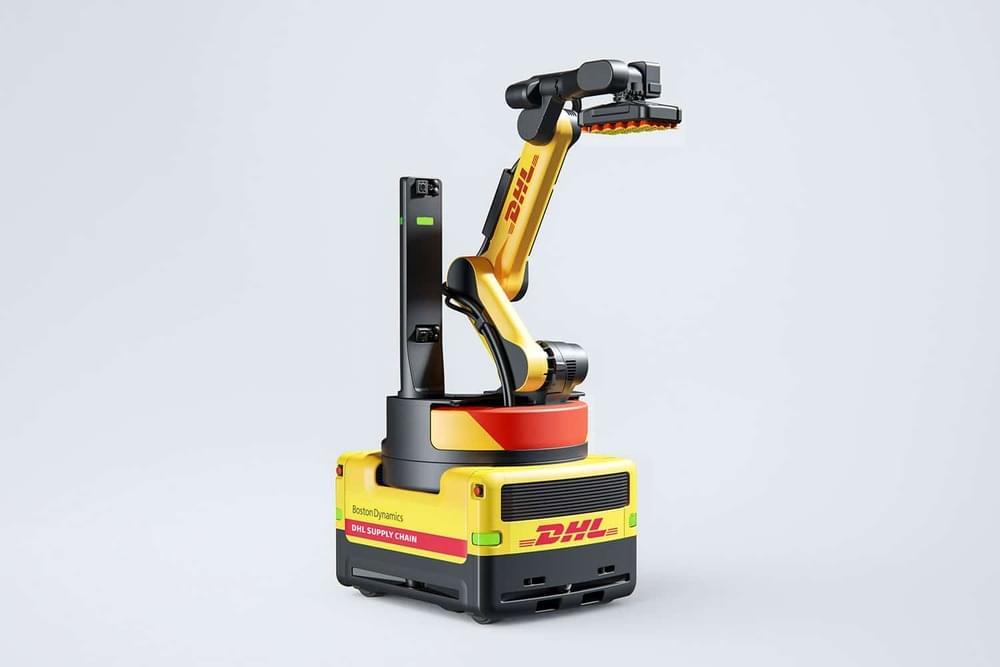A research team led by scientists from City University of Hong Kong (CityU) has recently designed a structured thermal armor (STA) that achieves efficient liquid cooling even over 1,000°C, fundamentally solving a 266-year-old challenge presented by the Leidenfrost effect. This breakthrough can be applied in aero and space engines, as well as improve the safety and reliability of next-generation nuclear reactors.
The research has been led by Professor Wang Zuankai from CityU’s Department of Mechanical Engineering (MNE), Professor David Quéré from the PSL Research University, France, and Professor Yu Jihong, Director of the International Center of Future Science, Jilin University and Senior Fellow of the Hong Kong Institute for Advanced Study at CityU.
The findings were published in the latest issue of the highly prestigious scientific journal Nature.
